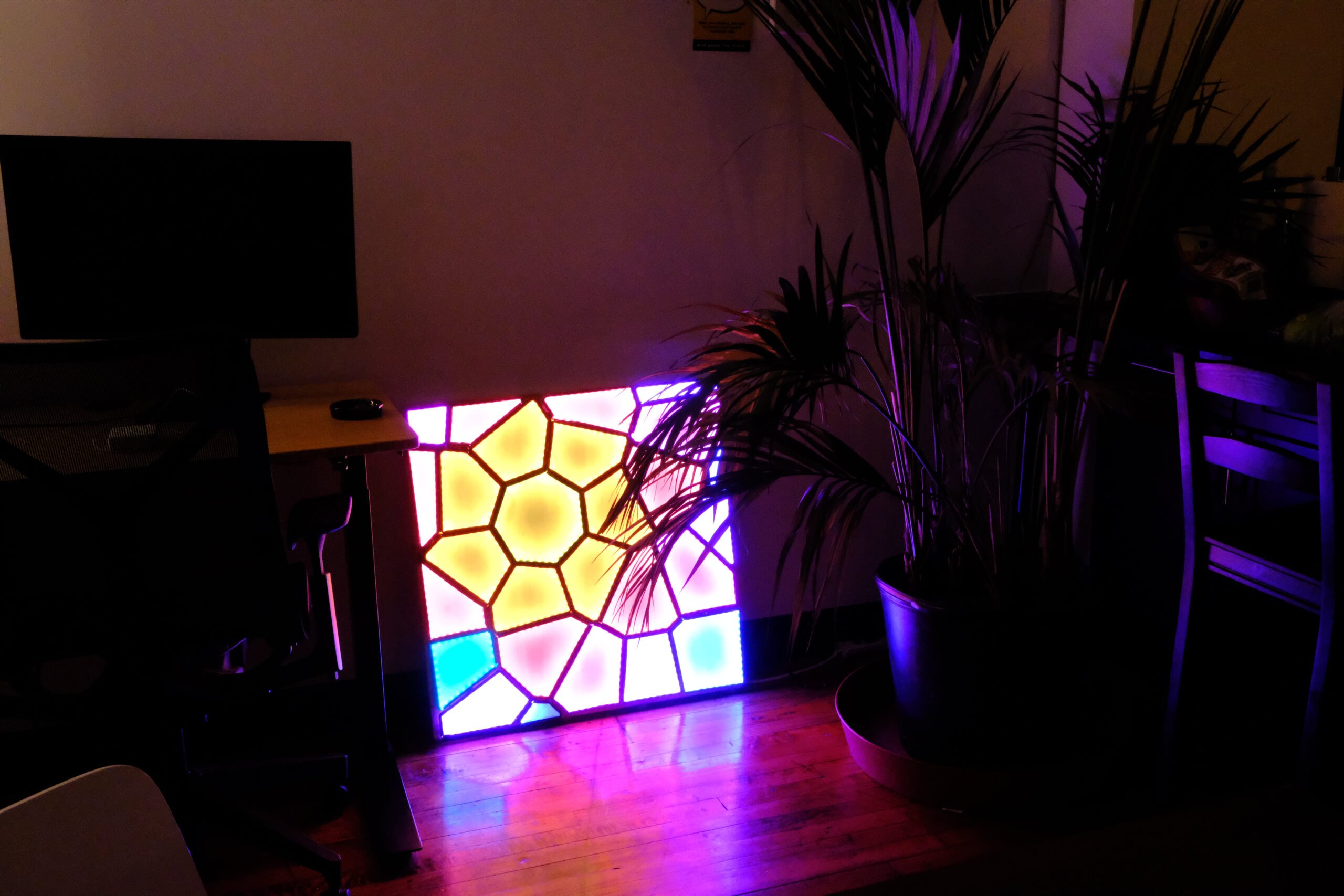Liminal Activities Period by Joel G. '18
IAP is a mindset and you can keep it forever
It’s been over six years since I graduated MIT – longer than I spent in school, but not long enough that my body has totally disconnected from the calendar. Fall still feels like the start of the school year, full of promise and mystery and challenges that I’m not prepared for but will somehow survive anyway. Summer feels like being momentarily ejected from the bubble to glimpse the wider world and plot real moves. And January, of course, is IAP.
“Independent Activities Period” is a deceptively bland name for what is in my opinion MIT’s greatest invention. It is the spiritual opposite of summer – instead of escaping, it’s about relaxing deeper into the bubble than ever, into a special world only accessible in the liminal space between semesters.
I remember starting every IAP in the exact same way. Back from the holidays, still burnt out from the fall semester, barely able to believe that I passed and do not in fact have an interminable cloud of work hanging over me, I’d collapse: flop on the couch in Zeta Psi common room, wallow in exhaustion, binge three movies a day.
I remember wondering how long it could last. If the next semester never started, would I ever get up off the couch? I despaired at the possibility that I lacked the intrinsic motivation that drives people toward self-actualization or whatever. Shouldn’t I be pursuing my interests? Learning new things? I saw wallowing as my ‘revealed preference’, each passing day sealing my indictment as a hopelessly lazy person. As often pointed out on the blogs, MIT culture can make you feel really guilty for not constantly tooling.
To my amazement, the wallowing never lasted forever. It didn’t suddenly stop one magical morning like an allergy medication advertisement. And it’s not like it would start to reverse, drawing me back into frantic finals-week grindset. Instead, every year, the exhaustion would unfold into a weird, timeless, dreamy freedom. I’d start clicking links instead of just scrolling, following rabbit holes deeper and deeper. When you’re lying on the couch you conserve energy, which lets your imagination run wilder than normal: could I bulk order this from Alibaba? could I make that with materials I have here in the house? Dumb ideas start sounding interesting and you start taking jokes too literally.
One year, my friend Kevin Kwok and I got a batch of custom frisbees printed with an obscure programming language inside-joke. Scheme, a language invented at MIT by Gerry Sussman and Guy Steele, was first described in a famous series of papers collectively called the “lambda papers” since they were all titled “Lambda: the Ultimate ___” (Lambda: the Ultimate Imperative, Lambda: the Ultimate GOTO, etc). We printed the MIT Scheme logo, featuring the infamous Y combinator, on top to make “Lambda: the Ultimate Frisbee”.
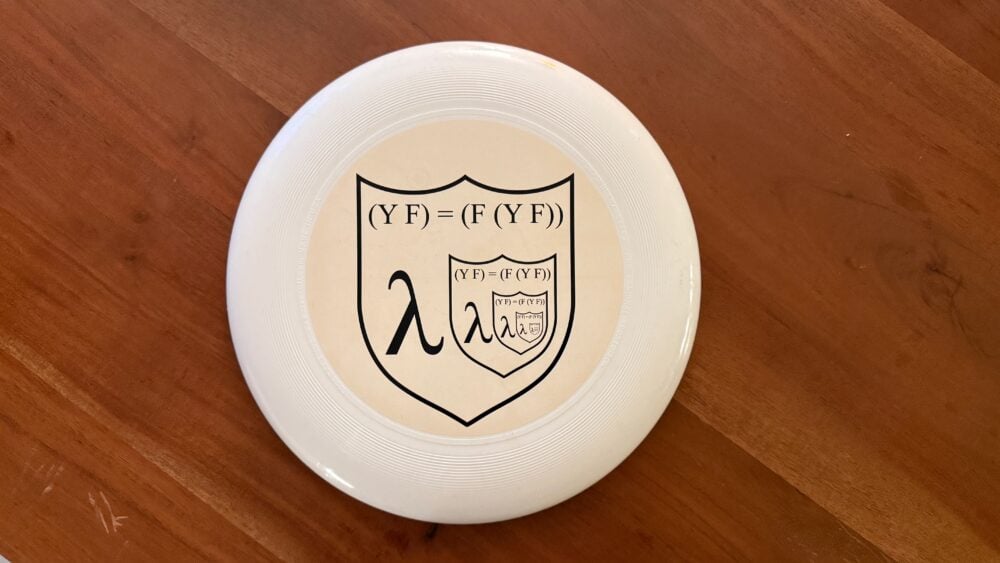
Is it art? A joke? Is it even funny? Hard to tell. But now we had 100 frisbees to give away.
After I graduated, I knew that it would be easy to lose the magic, and I was determined to keep it alive. It’s not just about “carving out time for personal projects”. It’s mostly about re-creating a paratelic mindset. It starts by lying on the couch and disconnecting from everything – every incentive, every career goal, the itch of jealousy, the field of status games. After all that drifts away, what do you start daydreaming about?
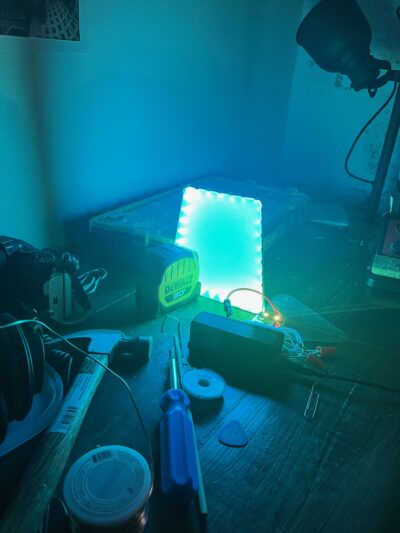
Last winter I started playing around with edge-lit acrylic panels. Acrylic is cheap and you can laser-cut it into any shapes you want, and if you put LED strips around the edge (pointing inwards) and take a sander both sides, you get an amazing diffuse glow from the whole piece. I liked this a lot because I always hated the harsh glare of LED strips when seen directly. But this was soft and warm!
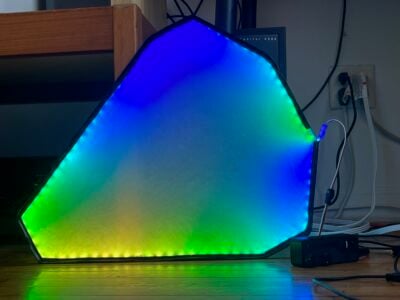
At first I tried to make a sort of 3d “flower” of acrylic panel petals, but this was a disaster since they were fairly heavy and I didn’t know how to secure them in a rigid arrangement. So instead I thought I’d try tiling the 2d plane. I wanted something that looked more organic than symmetric or pixelated. Eventually I found a Voronoi component in Grasshopper, a visual programming environment for parametric modeling that comes with Rhino.
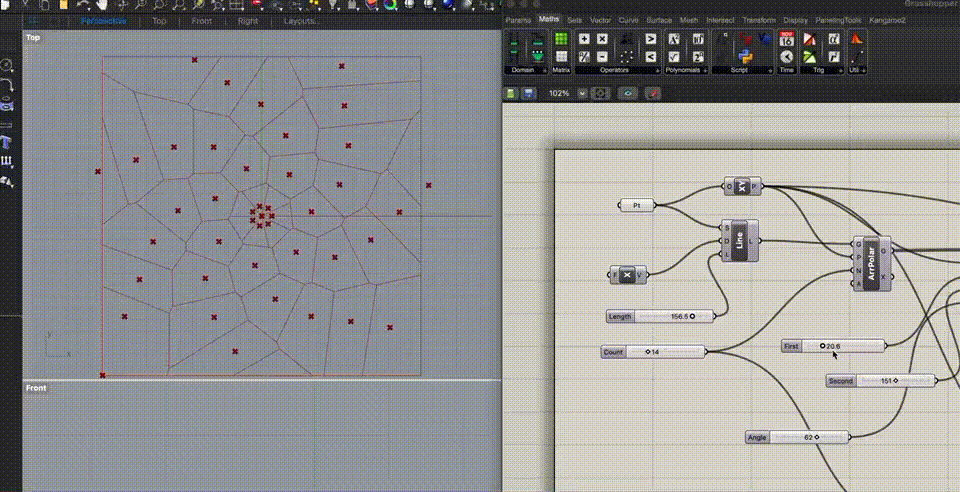
I played around until I found a satisfying shape, exported the design, and got it laser cut at NYC Resistor, a makerspace here in Brooklyn.
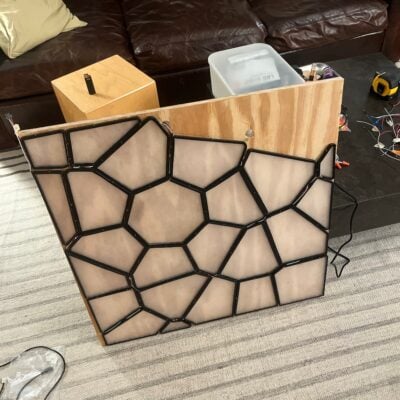
Edging each panel with LED strips was time-consuming. But spending unreasonable amounts of time on something is a classic IAP move. In IAP mindset, nothing is a waste of time.
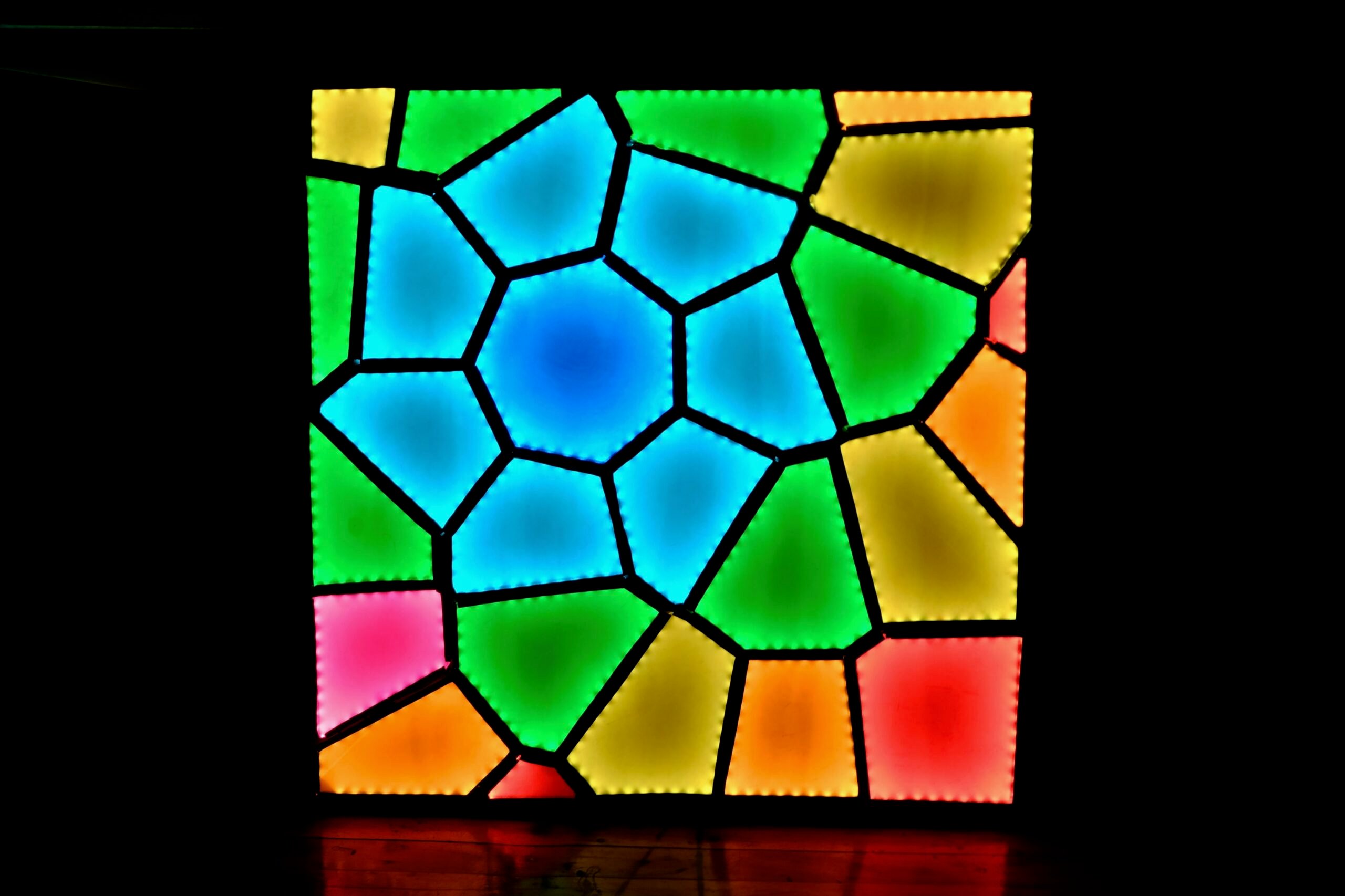
Even after I finished, I still wasn’t sure what to call it. What had I just made? It didn’t matter; it looked great and I was proud of it.
